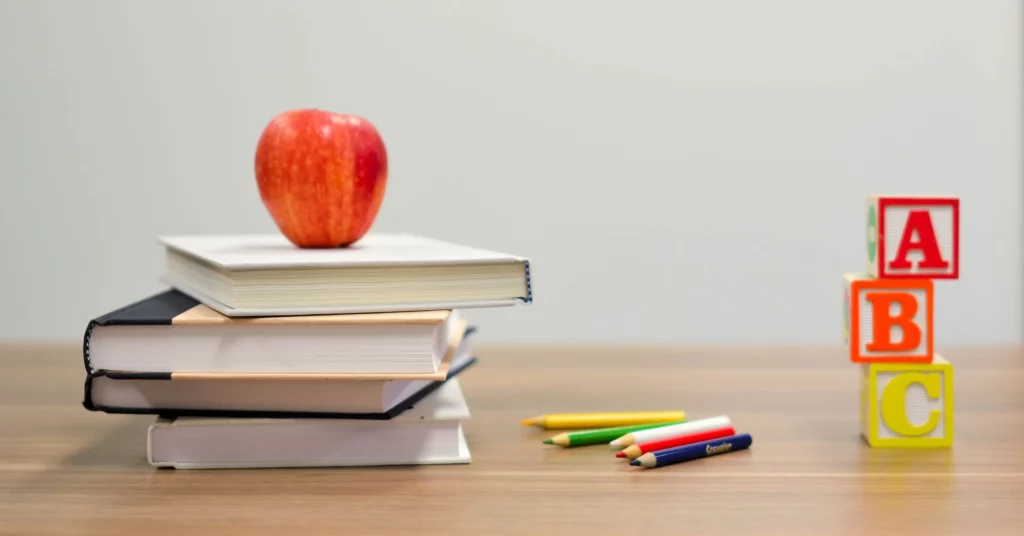Recent evidence from the UK and the US found that world language teachers prefer using learning resources that they have developed and made themselves rather than those created by a third party. However, it can often be difficult to find the time and creative inspiration to create brand new resources for every class and every lesson.
Don’t worry! There’s a wealth of useful resources and materials out there to inspire language teachers and to engage your students. As part of our mission to help and support language teachers worldwide, Sanako has prepared this list of the 10 best resources to support language teaching and learning.
1. Language teaching associations
Many language teachers belong to a teaching association, which supports their work through ongoing CPD (continuing professional development), community, and research. Most associations also offer their members a wealth of useful information and resources to help them in their teaching.
The TESOL International Association (Teaching English to Speakers of Other Languages), for example, provides members with access to invaluable publications such as the English Language Professionals Resource Guide as well as the TESOL Resource Centre. The latter contains “lesson plans, teaching tips, activities, assessment tools” – these have all been created and shared by other TESOL members. This is an amazing source of free lesson information and inspiration, so do check out what your language association has to offer!
2. Podcasts
At the push of a button or by clicking on a link, podcasts can open a wide variety of high quality resources for language learning. Whichever provider you choose can offer an exceptional range of content in different languages across a huge variety of topics including film, sport, music.
Although many organisations do produce podcasts specifically for language learning (e.g the BBC and NPR), perhaps the most interesting content for language learners is not produced by professionals. In fact, these podcasts provide exceptional sources for authentic content. Podcasts can therefore be a great way for learners to practice their listening skills and to pick up some new vocab whenever they have opportunity.
Importantly, creating your own podcast could also be a very engaging way for teachers to create and share their own audio content with their students. On the other hand, encouraging students to create their own content using simple podcasting tools like Soundtrap could be a key part of a homework or independent learning project.
3. Educational apps
Most podcast subscribers access their favourite episodes through a mobile phone app and there’s a huge range of other apps that teachers can download to support their teaching. Using apps and digital teaching tools can also powerfully engage digital-literate students and adds variety to your teaching repertoire.
We recently published a blog post highlighting six of the best apps “to tech up your language classes.” The apps included not only supporting classroom teaching but also help teachers reduce the time spent on administrative tasks. So do look at her recommended apps for coordinating projects / activities and giving grades / receiving feedback
4. Games and quizzes
There are a wealth of free, online tools which language educators can use to create their own games and quizzes for students to do either online or in the classroom. Popular tools such as Kahoot and Quizlet offer a modern, digital way to test vocabulary, phrases and idioms. Educators can also share their games and there are hundreds made by other educators that you can easily use or adapt.
Once the quiz session has been created and made live by the teacher, students log in using a code or via an app. Learners of all ages can play individually or in groups using their phones, competing with each other for the highest score.
5. A mobile phone
As well as supporting quiz apps as outlined above, there’s a wealth of other opportunities to use a mobile phone to powerfully support language learning.
For students who want to improve their pronunciation and speaking skills, using the mobile’s voice memo or voice recording functionality is a great way to improve. It can be particularly useful in helping students to identify their own mistakes and to highlight words or phrases that cause them particular difficulty. In addition, many students will benefit from just speaking more frequently in their chosen language. This approach might be of particular value in building the confidence of those students who are nervous about speaking in class or in public.
6. Social media networks
Whether you prefer Facebook, Twitter, Instagram, or TikTok, it’s easy to find other language educators to follow and engage with. Social media enables educators to easily build and develop their own personal learning networks (PLNs). Such communities allow you to engage in discussion with like-minded educators, learn from their ideas, get their feedback on yours and to share resources / best practice.
Using the search bar, relevant hashtags (try for example #mfltwitterati on Twitter) and a little care and discretion are perhaps the easiest and quickest ways to identify who you might want to follow. It’s easy to visit many different accounts to see what they’re posting and how it might help / support your work. When you find someone of interest, it’s always worth looking at who they follow or who follows them to build your network even further.
For more practical hints and tips about using social media to support your teaching, make sure to read our blog post on the topic.
7. Blogs
Social media can also be a great way of finding blogs. The most relevant and inspiring are often written by other language teachers who, very frequently, will have experienced similar challenges in the classroom to you. Reading blogs can therefore be a great way of feeling part of the global language community. But they’re also great for finding practical, new hints, tips and lesson content for use in your classrooms.
Another recent post from us identifies 11 fantastic global blogs from MFL (Modern Foreign Languages) teachers, which are packed full of advice and inspiration. A careful Google search will help identify blogs for your subject and specialism. And if you’re inspired by the concept, why not start your own blog? It’s a great way to share your expertise and best practice and to build your professional network!
8. The British Council
As most language learners globally are studying English, there’s no shortage of additional resources supporting English language educators. But as much of the material is of highly variable quality, it can be best (and easiest) to stick to tried, tested and trusted sources of support.
The website, TeachingEnglish, certainly meets that requirement as it’s developed by the British Council, “the world’s English teaching experts” and the BBC. The site contains “hundreds of high-quality resources to help you in the classroom”. It also offers educators a wealth of articles, videos, publications and courses, which have been specifically designed to help you with your continuing professional development (CPD).
9. Webinars
A key element of the TeachingEnglish CPD offer is a regular flow of free webinars, which tackle topical issues about language teaching. They have recently tackled such subjects as critical and creative thinking, assessment, and online teaching during the pandemic. And, don’t worry if you miss one, all of the webinars are recorded and are available to watch on demand after the live webinar has ended.
Of course, there are a wide range of other webinars available for educators to watch and participate in. Your social media channels and professional networks will be a crucial way of keeping up to date with forthcoming content.
10. Board games
As outlined above, there are loads of available resources educators can easily use to transform their language teaching. But it’s important to stress that they don’t have to be digital or online – there’s lots of other things to try – so get creative!
An example of using games during a language class in a Finnish school: Using plastic blocks to arrange words and sentences to learn German! Find more information by clicking here.

With families confined to their houses during international lockdowns, there’s been a surge in people playing board games and there’s also a wealth of ways to use them to foster language learning. You could, for example, use Scrabble as a medium for practicing students’ spelling and building their vocabulary. Or play Taboo to practice their speaking skills as they describe something without using the forbidden words. Just as importantly, using these games encourages students to have fun and helps create a positive learning environment.
Are you a language teacher looking for inspiring and new ideas for your teaching tool kit to engage your students? Check out Sanako’s Youtube Channel for instructional videos for language educators. Subscribe NOW and be part of a global community for language educators!

